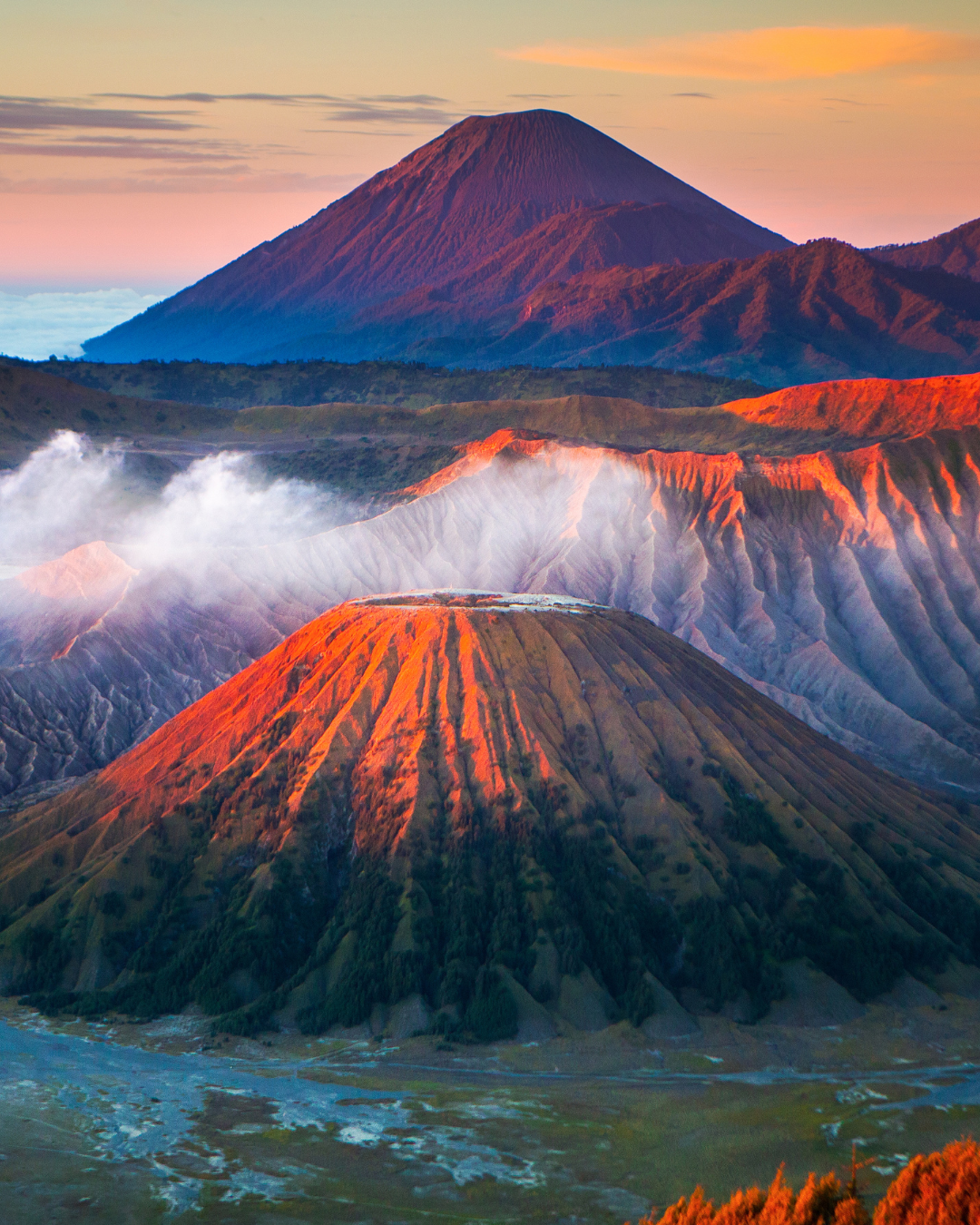
Volcanic Landscapes of the Canaries: Discovering the Islands' Geology
Share
The Canary Islands, an archipelago off the northwest coast of Africa, are a true geological wonder. Formed by volcanic activity millions of years ago, these islands boast dramatic landscapes, rugged coastlines, and breathtaking volcanic formations. Whether you're a geology enthusiast or simply a traveler looking for awe-inspiring natural sights, the Canaries offer some of the most spectacular volcanic scenery in the world.
How the Canary Islands Were Formed
The Canary Islands are the result of millions of years of volcanic activity caused by a hotspot beneath the Earth's crust. Magma from deep within the mantle pushed through the ocean floor, gradually creating the islands we see today. The volcanic activity continues, shaping and transforming the landscape over time.
Must-See Volcanic Landscapes
1. Teide National Park (Tenerife)
-
Home to Mount Teide, Spain’s highest peak at 3,715 meters.
-
A UNESCO World Heritage Site, offering surreal lava fields, craters, and unique rock formations.
-
Visitors can take a cable car or hike to the summit for breathtaking views.
2. Timanfaya National Park (Lanzarote)
-
A Mars-like terrain created by volcanic eruptions in the 18th century.
-
Features vast lava fields, geothermal demonstrations, and guided tours showcasing the power of volcanic heat.
-
The Ruta de los Volcanes offers an up-close look at lava flows and volcanic cones.
3. La Palma’s Cumbre Vieja
-
Known for its recent 2021 eruption, which dramatically reshaped parts of the island.
-
The Ruta de los Volcanes hiking trail passes through craters and offers panoramic views.
-
A living example of ongoing geological activity in the Canaries.
4. Roque Nublo (Gran Canaria)
-
A massive volcanic rock formation standing at 80 meters high.
-
A sacred site for the indigenous Guanche people.
-
Offers stunning hiking routes with views of Gran Canaria’s diverse landscapes.
5. El Hierro’s Submarine Volcano
-
A relatively new underwater volcanic formation, created in 2011.
-
Visible through diving expeditions that reveal volcanic vents and unique marine life.
-
Demonstrates the dynamic and ever-changing nature of the Canary Islands.
Volcanic Beaches and Caves
-
Playa de Benijo (Tenerife) – A black sand beach surrounded by volcanic cliffs.
-
Los Hervideros (Lanzarote) – Dramatic coastal lava formations shaped by ocean waves.
-
Cueva de los Verdes (Lanzarote) – A stunning lava tube with fascinating rock formations.
Why Visit the Canary Islands for Volcanic Tourism?
-
Diverse landscapes: From towering peaks to underground lava tunnels.
-
Scientific significance: A natural laboratory for studying volcanic activity.
-
Unique experiences: Opportunities for hiking, stargazing, and exploring untouched geological wonders.
The Canary Islands offer an unparalleled journey through time, showcasing the raw power and beauty of volcanic forces. Whether climbing the towering Mount Teide, walking through lava fields, or witnessing the effects of recent eruptions, the islands provide an unforgettable experience for nature lovers and geology enthusiasts alike.
